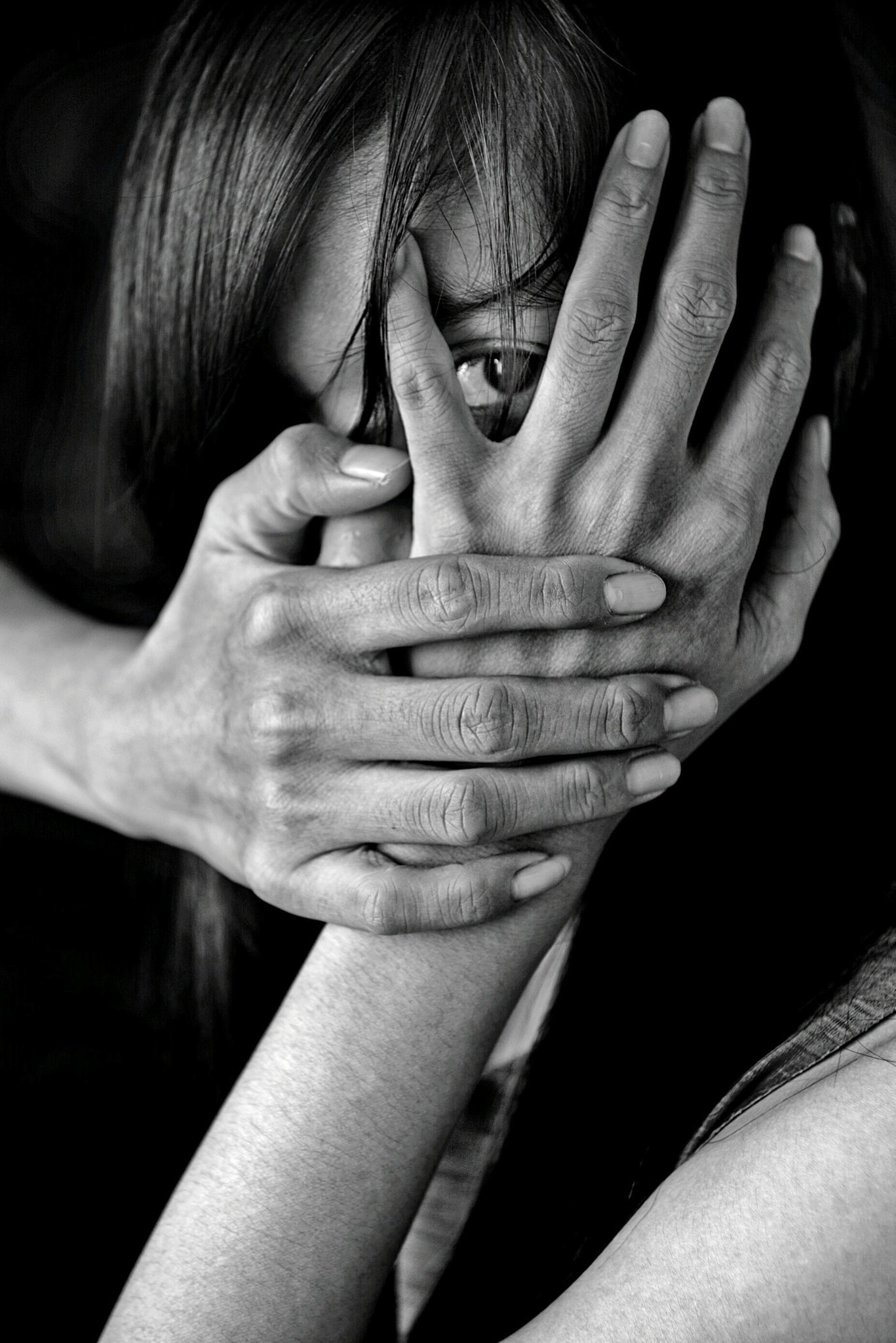
Where Can Domestic Violence Victims Turn During Covid-19?
Self-isolation during the Covid-19 pandemic can be dangerous for those in abusive relationships. Resources are limited, but there are options for domestic violence victims.
The most dangerous place in the world for a woman is her own home. According to the National Coalition Against Domestic Violence, intimate partner violence affects millions of women every year.
In the time of the coronavirus, being quarantined with an abusive partner poses greater risks.
An uptick in domestic violence has already been recorded in China during the Covid-19 outbreak. Since the beginning of the pandemic there, the hashtag #AntiDomesticViolenceDuringEpidemic has been trending on the Chinese social media platform Sina Weibo. In an interview with the magazine Sixth Tone, Wan Fei, the founder of an anti-violence nonprofit in Jingzhou, Hubei, said that reports of domestic violence have nearly doubled since cities went into lockdown.
Concerns are also mounting in the United Kingdom — where last year 1.6 million women in England and Wales experienced domestic violence — as a lockdown becomes increasingly likely over Covid-19 so does the threat of domestic violence.
Victims of domestic violence ordinarily wait to be by themselves before they seek help. They wait for their abuser to go to work. They secretly reach out to friends. They look for openings when they don’t have child-care obligations. All those options are closing down.
The pandemic raises many questions for victims in dire need of attention from our city, state and federal agencies, as well as nonprofit organizations. What do you do if you’re confined to the most terrifying place — your home? What impact does the pandemic have on police response to 911 calls from domestic violence victims? As hospitals are focused on critical care for coronavirus patients, should a victim in need of medical attention avoid going to an emergency room?
At shelters, are there protocols in place for the spread of the virus?
Children who are unable to attend school or day care are also at greater risk. Under normal circumstances, 90 percent of the children exposed to intimate partner violence in the home each year are eyewitnesses to it; Unicef reports a higher rate of physical and sexual assault rates.
We might not see the statistics rise right away. Katie Ray-Jones, the chief executive officer of the National Domestic Violence Hotline, last week, reported there had actually been fewer calls in recent days, down from between 1,800 and 2,000 a day to approximately 1,700. This is not because domestic violence is happening less, but because it is harder for victims to report it.
During this global public health crisis, we have more of a responsibility to reach out to those who are especially susceptible — older people and those with pre-existing respiratory conditions. We can also be more alert to our friends and loved ones who are in abusive relationships and feel especially vulnerable in a time when social distancing is the new normal.
While resources during the outbreak are limited, the experts encouraged victims to seek out shelters, hotlines, therapists and counsellors. Where walk-in service is no longer available, phone and digital communications are still working. Ruth Glenn, the chief executive officer and president of the National Coalition Against Domestic Violence, advises victims turn to a trusted friend or family member, if available, who can make a call to a hotline on their behalf should they not be able to do so themselves.




